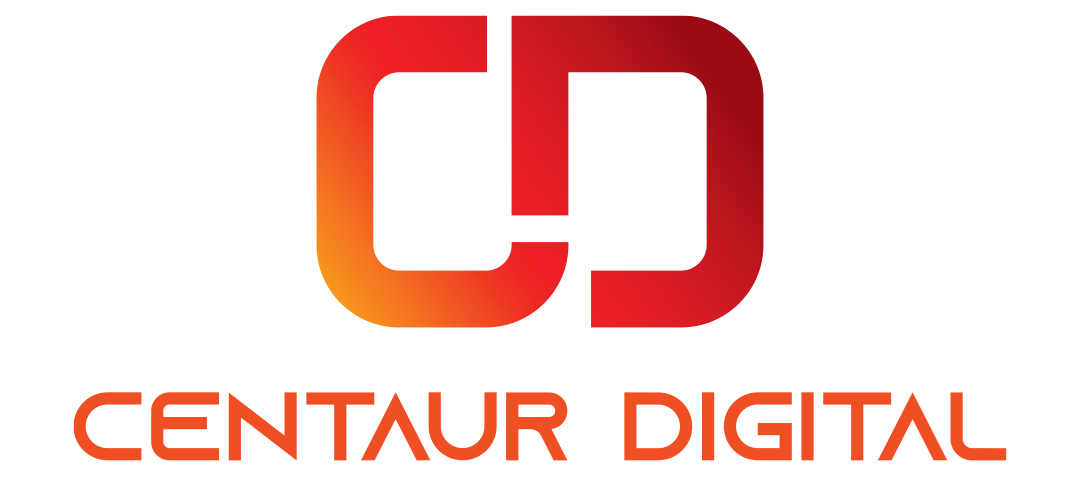For many people, acquiring a rental property is the first major investment they make that they also must actively manage. Many property owners don’t move past a couple of properties while others soon expand to dozens. Each person has their own goal, and rental property management or investing is not for everyone. I tried my hand at it and realized I much prefer to focus on my accounting business than on being a landlord. For those who prefer rental properties as a way to build their wealth, here are some tips to manage your accounting.
Having a single rental property means you can handle most of your accounting at year-end when you prepare taxes. But as your portfolio of rental properties expands, there will be increasingly complex tax issues to consider, as well as more hands-on accounting for each property. While it may seem easier to lump all rental costs into one bank account, this will undoubtedly create headaches down the line.
Besides regular business expenses, tax implications and accounting for rental properties span multiple years. From the time you buy the property to the time you sell it, you need to take full advantage of the tax code to reduce taxes. To accomplish this, you must have records of all money spent on the rental property.
Although accounting for rental properties does not need to be complicated, taxation often is. But that’s what professional tax preparers are for. Follow these steps to keep track of each property and your tax preparer will thank you.
Keep a separate account for deposits. Use a separate bank account to collect rent payments. You don’t want all your tenants knowing your bank account number. A separate account will also let you easily track who has paid and who has not. As a general rule, you shouldn’t accept cash; if someone wants to pay in cash, have them purchase a money order instead. Cash is hard to track and easy to lose.
Open separate expense accounts for each property. Independently track expenses for each rental property so you can properly disclose them on the tax return. The ideal way is to have a separate bank account for each rental. If that’s too complicated to manage, group some properties into the same account. Just remember that at the end of the year, you’ll still need to separate all the expenses by property.
Track improvements separately from repairs. Know what is a repair and what is a capital improvement. This is very important because repairs are deductible when you pay for them but improvements have to be depreciated over time. There are many ways to differentiate between the two: typically, repairs won’t improve the value of your property, or it’s useful life, but rather just bring it back to being useful. Capital improvements, on the other hand, will increase the property value or prolong its useful life.
Don’t track depreciation. Although depreciation can be easy to calculate, don’t try to do so on your own; let your tax preparer calculate it. This is not a cash expense so it won’t affect your bank account. The current tax code makes it simple, but if you have an older property or have made capital improvements, there may be other implications to consider. Sit this one out and allow your hired tax professional to handle it for you.
Simplify your accounting. Have a system for tracking income and expenses for each property. Don’t over complicate it: pen and paper can be just as effective as a spreadsheet or cloud-based accounting system. You are not tracking many transactions, so use whichever method you feel comfortable with. The key point is to ensure you are tracking monthly, so don’t wait until year-end.
As you grow your rental income, you’ll undoubtedly have to expand your accounting system and keep good records. Accounting for your rental properties does not have to be a headache during tax season. Follow the instructions above to ensure you don’t miss any deductions and have robust records when you inevitably sell the property. The main point is to keep records and to keep them organized.
This article originally appeared on Forbes
